Over the years, I have trained many new photographers and watched them use their cameras. I noticed several common mistakes that many of them make. Although there is always something to learn in photography, if you can avoid or cope with these mistakes yourself, you will find that your photos will become of much better quality.
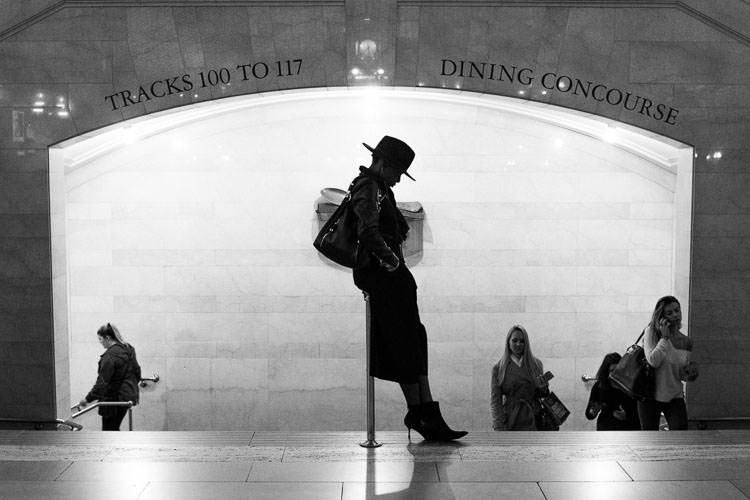
1 1. ISO is not high enough
It is believed that in digital cameras the ISO value should be as low as possible. This is due to the fact that in early digital cameras at high ISO values there was a terrible noise. Now everything has changed completely. Modern cameras can shoot with amazing quality at ISO 800, 1600, 3200 and even 6400 for top models. The noise is much less noticeable than before, and looks nicer.
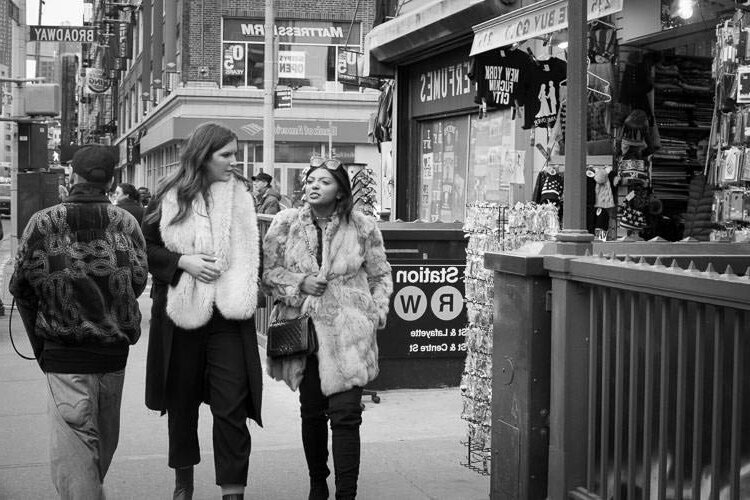
It changed our shooting ability. If, when shooting on a tripod, you can afford a low ISO value, you should still increase it significantly while shooting with hands. If I deliberately shoot with a very large aperture, like f / 2.8, then the ISO value in sunlight is usually 400, 800-1600 for lighting in dark colors and 3200 or 6400 for handheld shooting at dusk or at night. This allows me to use a shorter shutter speed and compensate for camera shake or subject movement along with a decent depth of field. My photos are much sharper thanks to this.
If you are not working in Manual mode, then I suggest removing the Auto-ISO setting. Do not allow the camera to choose two of the three settings (shutter speed, aperture, and ISO), as this may spoil your photos. For optimal results, the camera can select only one of the three settings.
2 2. Using a slow shutter speed
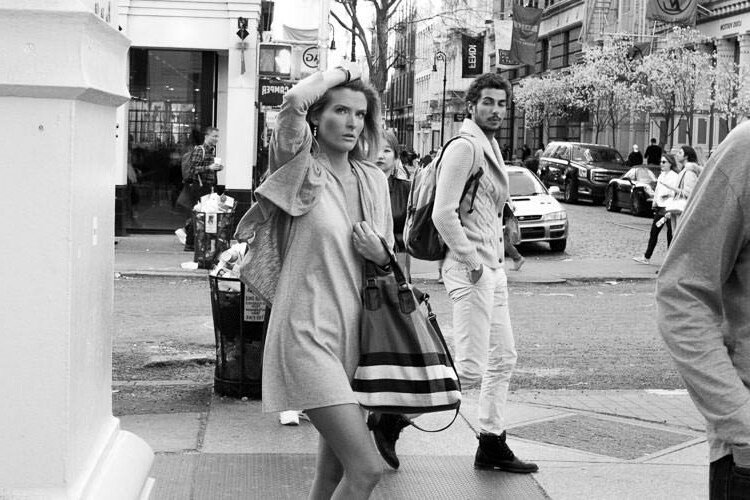
To compensate for camera shake when shooting with hands, the shutter speed should be 1 / focal length of your lens. So, when photographing a 50 mm lens, the shutter speed should be 1/50 or shorter to get a sharp image. This rule is especially important for the zoom lens, since for 300 mm you will need 1/300 shutter speed so that the photo is not blurred. This is due to the fact that small vibrations are much more noticeable when you increase a small area in the distance. For the same reason, I increase the ISO when I use the zoom at a distance.
For objects in motion, you need a shutter speed sufficiently long to freeze them. I prefer at least 1/250 when photographing people walking. For more mobile objects, like cars, you need a shorter shutter speed.
3 3. Do not use exposure compensation (+/-) or the correct metering mode
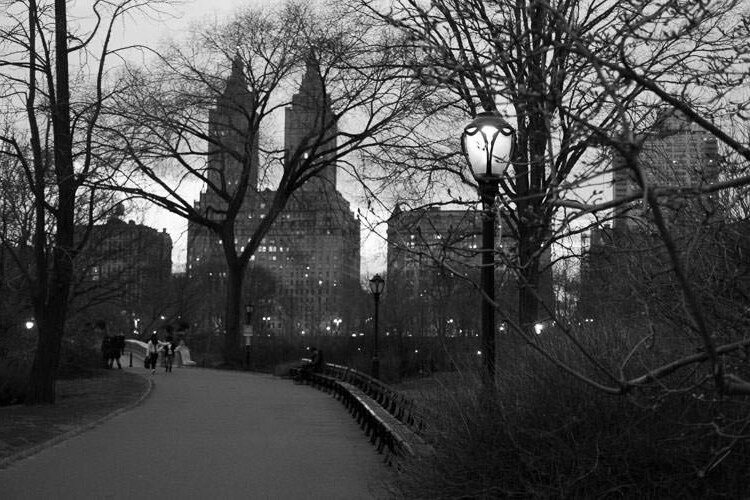
If you are working in Aperture Priority or Exposure mode, then Exposure Compensation is your best friend, especially in scenes with complex lighting. The light indicator of your camera is not creative - it wants to make everything neutral gray, but this is problematic in images with lots of dark and light tones. You might want these shades to look gray for a creative purpose, but you will most likely want them to look the same as in the scene. Exact compensation will help you in such cases (+/-).
For example, in scenes with a lot of bright snow or a bright sky, this will help deceive the camera and make her think that these areas need to be darkened to make the white areas gray. Or when shooting at night or in a dark alley, the camera's light will try to make these dark colors look like light gray, which brightens the image too much. Similar problems can occur when shooting in places with bright lights and dark shadows, or in the case of back lighting.
On the other hand, many photographers set the wrong metering mode. There are three basic metering modes: Evaluative, Center-weighted and Spot. Evaluative metering exposes the entire scene, Center-weighted focuses on the focus point and the area around it, and Spot measures the amount of light based only on the location you specify. In my opinion, Evaluative metering is too extensive, Dot - too focused, so basically I use Center-weighted mode.
4 4. Wrong focus point

Some focus photographers rely entirely on the camera. This is a terrible idea, because often the camera does not focus where it should, ultimately destroying the entire image. You must independently control the focus and set the point on the most important part of the image.
Similarly, photographers, having acquired a 50 mm f / 1.8 or f / 1.4 lens, think that at f / 1.4, you need to shoot absolutely everything. Some situations are good for such a diaphragm, but it is important to understand how small the depth of field is in this case.
If you are photographing with a very shallow depth of field, then the focus should be flawless and certainly on the most important object. If you photograph a person and set a focus point on the ear or nose instead of the eyes, this will be noticeable and spoil your photo. Often I prefer to shoot portraits with f / 4 aperture instead of f / 1.8 or f / 2.8. The background has a beautiful bokeh, but mostly the person is in focus. This minimizes focusing errors.
5 5. Using the image stabilization function while shooting on a tripod
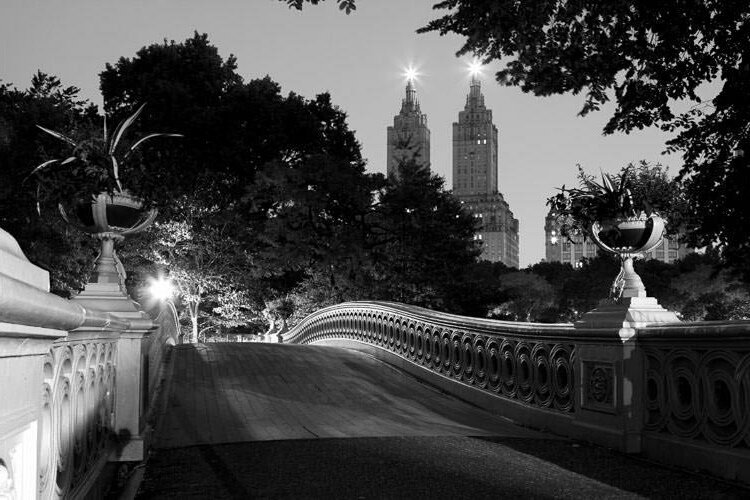
Image stabilization in a lens or camera will make your photos clearer when taking pictures with hands. However, if the camera is on a tripod, it can create minor vibrations with negative consequences for the image. Sometimes this causes a blur. Therefore, using a tripod, remember that the stabilization function must be turned off. If you have ever noticed that pictures taken on a tripod are slightly blurred, then the reason lies either in the included stabilization function or in the wind.
Conclusion
That's all. The bottom line is that by learning to win and avoid these five common mistakes, you will be on your way to a better photo
Source
Plagiarism is the copying & pasting of others work without giving credit to the original author or artist. Plagiarized posts are considered spam.
Spam is discouraged by the community, and may result in action from the cheetah bot.
More information and tips on sharing content.
If you believe this comment is in error, please contact us in #disputes on Discord
Congratulations @janioa7! You have completed the following achievement on the Steem blockchain and have been rewarded with new badge(s) :
Click here to view your Board of Honor
If you no longer want to receive notifications, reply to this comment with the word
STOP